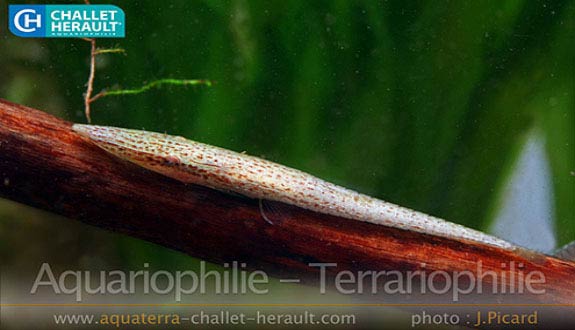

Alternative species (click on the thumbnail to see the card)
None
Names
Scientific name
Acestridium dichromum
Common name
Green Dwarf Farlowella
Green Whiptail
Green Whiptail Catfish
Origin

Origin: Brazil (Rio Negro) and Venezula (Orinoco)
Biotope: /
Dimorphism
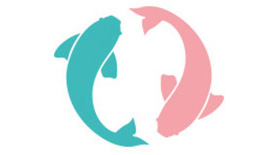
Females are generally rounder than males.
Group
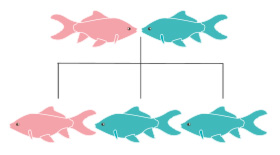
Loricariidae
Volume

60 L / 13 Imp Gal / 16 US Gal
Parameters

T°: 23 to 28°C or 73 to 82°F
pH: 5 to 6.5
Hardness: 1 to 5°dGH
Difficulty
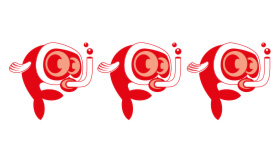
Hard
Size

5 to 6.5cm (2 to 2.5")
Longevity

/
Living zone
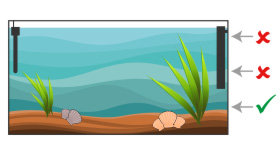
Depth
Individuals

5
Food
How to feed the Green Dwarf Farlowella?
Food
How to feed the Green Dwarf Farlowella?
This species is mainly vegetarian, and more precisely alguivorous. It is also occasionally vermivorous. The Acestridium finds part of its food in a natural way: it eats the biofilm covering the walls and decor of the aquarium.
It is not easy to feed this difficult fish. To do it right, regularly provide it with algae-covered pebbles. Make your own small culture in a separate small aquarium. Also distribute artemia or daphnia nauplias, cyclopses or periphytons.
Supplement her diet with spirulina or seaweed lozenges or foods such as zucchini, cucumber or spinach. Be aware, however, that many specimens are reluctant to eat them. It will take time and patience if you hope to acclimatize them to this type of food.
Note: Even if they eat algae, twigfish will not damage your plants.
Behavior
What kind of behavior does the Green Dwarf Farlowella have?
Behavior
What kind of behavior does the Green Dwarf Farlowella have?
This fish is calm, shy and very discreet: it will always try to blend in with its surroundings. It is usually active at the end of the day and at night.
It has a gregarious instinct, which means that it needs the presence of its fellow fish to flourish. Thus, you will maintain a group composed of at least 5 individuals, which is an essential parameter for its good maintenance. A single individual will be particularly prone to stress and anxiety, which ends up weakening him: he becomes more sensitive to illness than normal.
Cohabitation
Who can live with the Green Dwarf Farlowella?
Cohabitation
Who can live with the Green Dwarf Farlowella?
This species can quickly suffer from food competition, which is why it would be preferable to keep it in a specific aquarium.
However, it does not pose any particular cohabitation problem as it simply ignores its roommates. Therefore, it can be kept in a community aquarium with well-chosen roommates. For example, small, quiet and peaceful species swimming on the surface or in the middle of the aquarium may be suitable. Large fish, or those that are turbulent, aggressive or share the same living area should be banned.
Breeding
How to breed the Green Dwarf Farlowella?
Breeding
How to breed the Green Dwarf Farlowella?
Very difficult and it is not yet perfectly mastered.
Its aquarium
Which aquarium for the Green Dwarf Farlowella?
Its aquarium
Which aquarium for the Green Dwarf Farlowella?
First of all, it is important to install this fish in a very mature aquarium with a biofilm already installed. Also note that although a volume of 60 litres may be sufficient, the larger the aquarium, the more interesting the biofilm stocks will be.
In its natural habitat, Acestridium lives in black, acidic and very soft water. The current is quite strong. To reproduce the same conditions in your aquarium, spread dried tree leaves on the floor. Usually oak, beech or catappa leaves are used. Install a filtration system powerful enough to create a strong current that will oxygenate the water.
On the planting side, don't skimp on the number of plants! Indeed, this fish appreciates very planted tanks. For the soil, choose sand that you will litter with many pebbles, smooth stones or flat rocks (like slate). Complete the decor with roots.
For water changes, twig fish prefer aged water. Prepare your replacement water a few days before the change. It is also sensitive to changes in water parameters. We recommend that you change water little but very regularly, paying attention to the clean water parameters.
Good To know
Find all additional information!
Good To know
Find all additional information!
Careful, this fish is very rare! It is one of the rarest of the Loricariidae family. It's impossible to find this fish in the trade. Get in touch with specialized clubs or breeders to get some.
This species is very fragile and particularly difficult to feed. It should therefore only be offered to experienced aquarists in search of rarity.
Its original shape is called serpentine, that is to say in the shape of a snake!
Did you know that it can change colour? Indeed, it is capable of blending into the decor: it is pale on a sandy substrate, dark on a root? You can sometimes spend several minutes looking for it! A real chameleon!
Beware, this fish can be confused with young Farlowella.
Yours photos!
Comments
Sort by:
Please login to post comments
